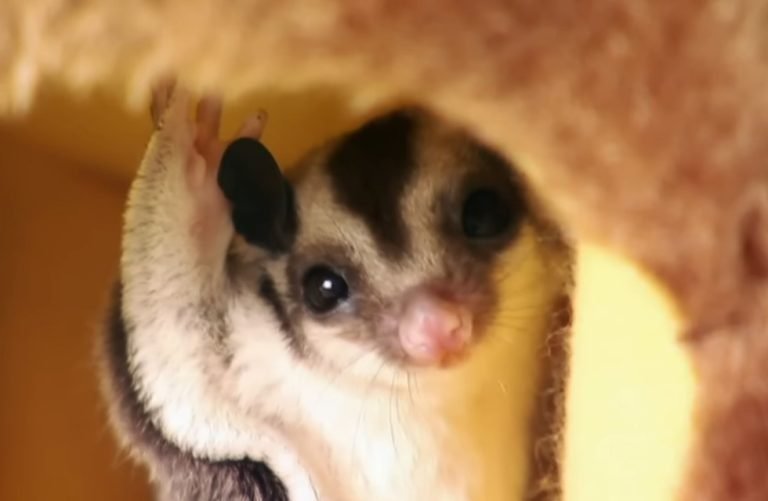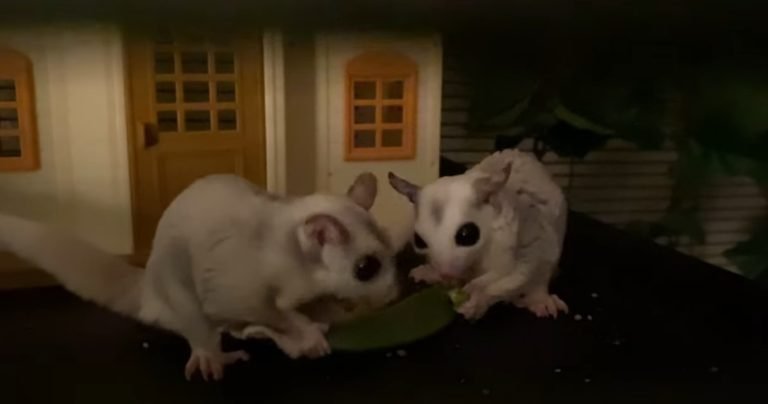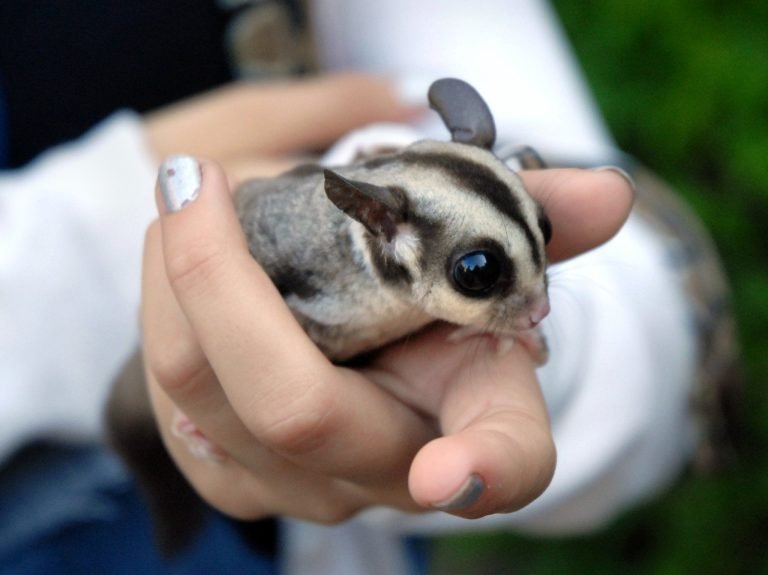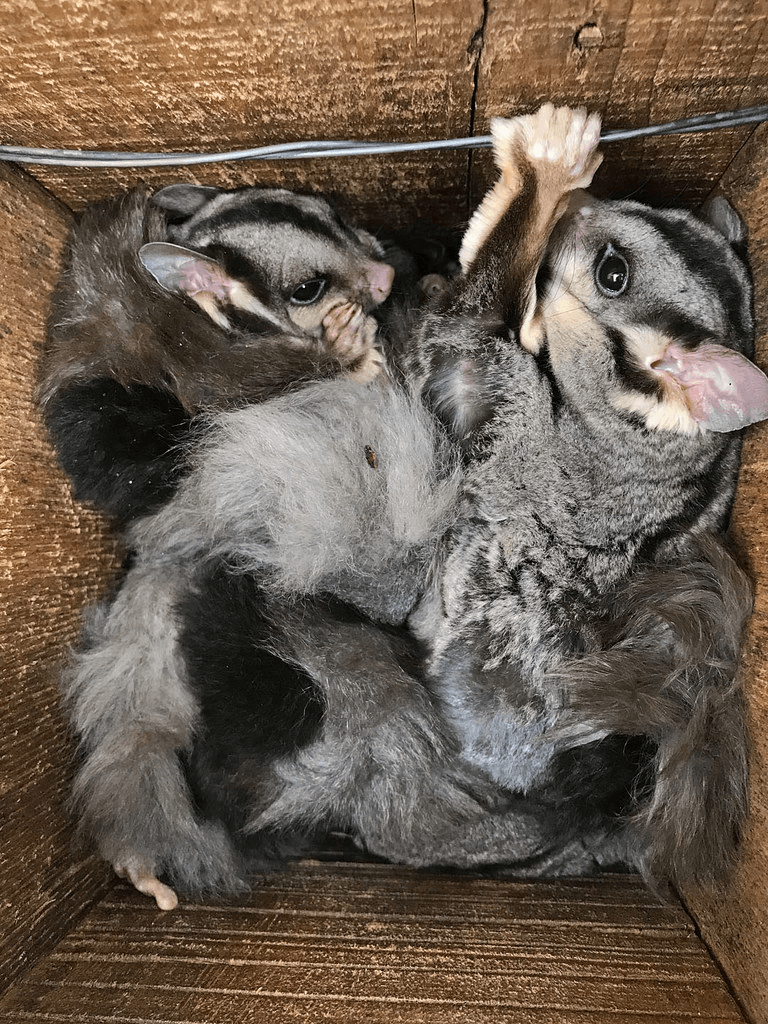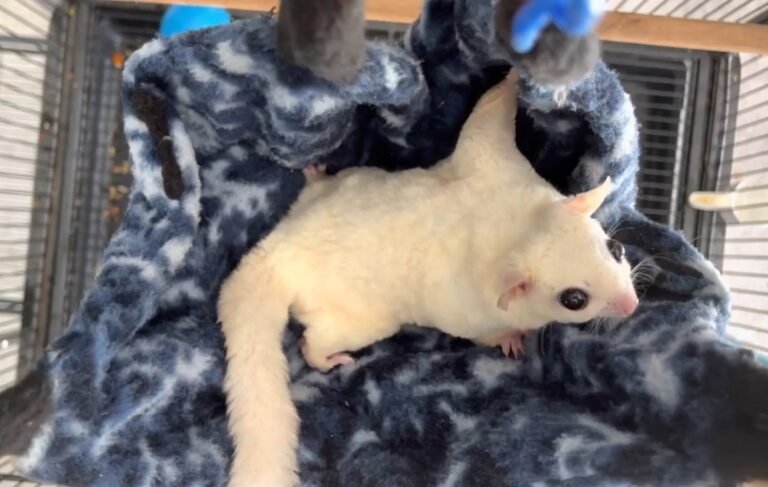Do Sugar Gliders Need Bedding
Do sugar gliders need bedding?
Yes, sugar gliders do need bedding in their enclosure. Bedding serves several important functions for these small marsupials, including providing a soft and comfortable surface for them to rest and sleep on, aiding in moisture absorption, and helping to control odor. Additionally, bedding can create a more natural and stimulating environment for sugar gliders, mimicking the forest floor where they would typically live in the wild.
Here are some key points to consider when it comes to sugar glider bedding:
1. Choosing the Right Bedding
When selecting bedding for your sugar glider’s enclosure, it’s essential to choose a material that is safe, absorbent, and easy to clean. Avoid using cedar or pine shavings, as these can release harmful chemicals and aromatic oils that can be toxic to sugar gliders. Instead, opt for bedding made from paper, cotton, or non-toxic wood materials such as aspen shavings or kiln-dried pine.
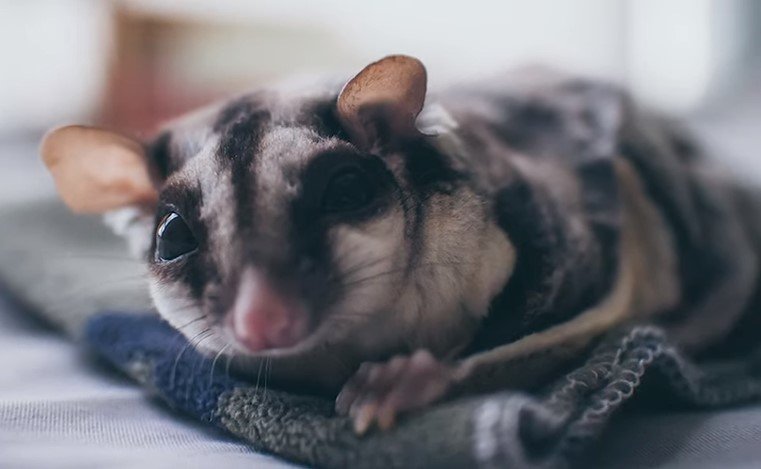
2. Adequate Nesting Material
Sugar gliders are known for their nesting behavior, and providing them with suitable nesting material is crucial for their well-being. They use this material to build cozy nests where they can rest, sleep, and raise their young. Recommended nesting materials include soft fabrics, such as fleece or flannel strips, shredded paper, or non-toxic natural fibers like coconut husk or moss.
3. Absorption and Odor Control
Due to their high metabolism, sugar gliders produce waste frequently, which can lead to odor buildup if not properly managed. Bedding helps to absorb urine and control odor, keeping the enclosure clean and fresh. Look for bedding that has good absorption qualities and can neutralize odors effectively, such as paper bedding or specialized pet bedding designed for small animals.
4. Proper Maintenance
Regular cleaning and maintenance of the bedding are essential to ensure a healthy and comfortable living environment for your sugar gliders. Spot clean their enclosure daily, removing any soiled or wet bedding. Replace the bedding entirely on a weekly basis, as sugar gliders have sensitive respiratory systems, and stale or dirty bedding can pose a health risk to them. Washing fabric bedding regularly is also necessary to keep it fresh and free of bacteria.
5. Environmental Enrichment
In the wild, sugar gliders spend their time foraging, climbing, and exploring their surroundings. By incorporating bedding into their enclosure, you can create a more engaging and stimulating environment. Hide treats or toys within the bedding to encourage natural foraging behaviors, or provide branches or hammocks for them to climb and play on
Having addressed the importance and considerations of sugar glider bedding, let’s move on to some frequently asked questions about caring for these fascinating creatures.
Frequently Asked Questions
1. What is the best type of bedding for sugar gliders?
The best type of bedding for sugar gliders is one that is safe, absorbent, and easy to clean. Paper bedding, such as recycled paper pellets or shredded paper, is a popular choice as it is highly absorbent and helps control odor. Alternatively, non-toxic wood-based bedding, such as aspen shavings or kiln-dried pine, can also be used.
2. How often should I change the bedding in my sugar glider’s enclosure?
It is recommended to change the bedding in your sugar glider’s enclosure on a weekly basis. This ensures that the bedding remains clean and fresh, minimizing the risk of bacterial growth or odor buildup. Additionally, spot clean the enclosure daily, removing any soiled or wet bedding to maintain a hygienic living environment.
3. Can I use fleece fabric as bedding for sugar gliders?
Yes, fleece fabric can be used as bedding for sugar gliders. It provides a soft and cozy surface for them to rest on and is easy to wash and maintain. Cut the fleece into strips or squares, ensuring that there are no loose threads or frayed edges that could pose a risk of entanglement for your gliders.
4. Should I line the bottom of the cage with bedding?
Yes, it is advisable to line the bottom of the cage with bedding for sugar gliders. This helps absorb moisture, control odor, and provides a comfortable surface for them to move around on. Avoid using bare wire or plastic surfaces, as they can be uncomfortable and potentially injurious to their feet.
5. Can I use sand or soil as bedding for my sugar gliders?
Sand or soil is not recommended as bedding for sugar gliders. These materials can become compacted, making it difficult for gliders to move around and potentially leading to foot injuries. They can also be unsanitary and may harbor parasites or bacteria. Stick to bedding options that are specifically designed for small animals.
Final Thoughts
In conclusion, bedding plays a vital role in the overall well-being of sugar gliders. It provides a soft and comfortable surface for them to rest and sleep on, aids in moisture absorption and odor control, and contributes to a more stimulating and natural environment. Choose safe and suitable bedding materials, regularly clean and maintain the bedding, and consider incorporating environmental enrichment to keep your sugar gliders happy and healthy. By providing the right bedding, you are creating a cozy and nurturing space for these unique and adorable creatures to thrive in your care.


